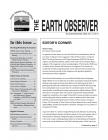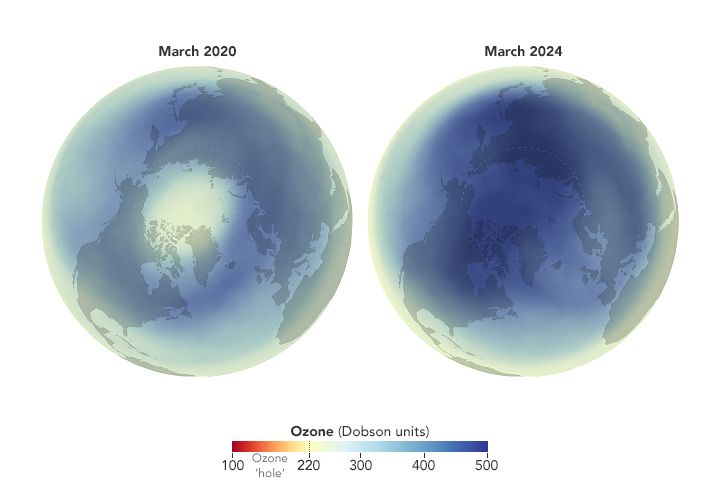
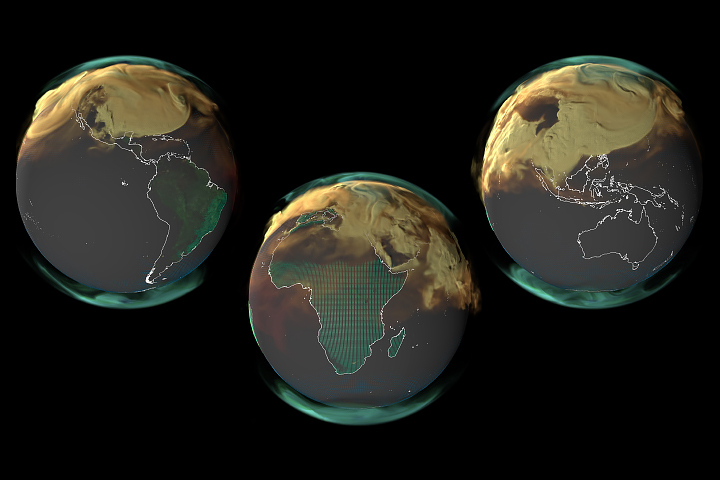
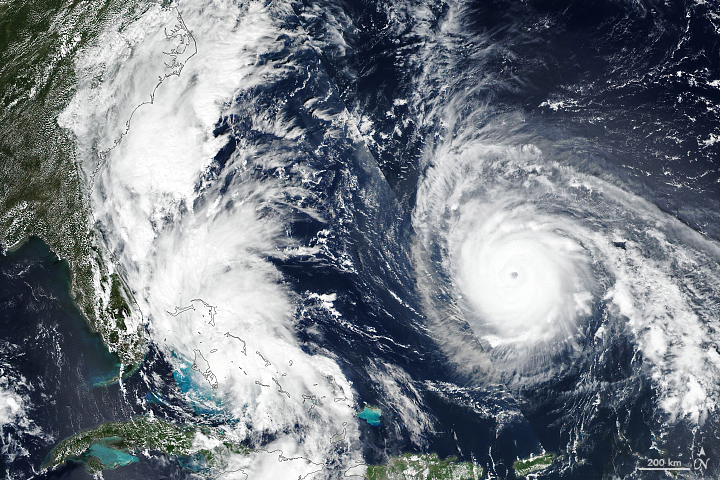
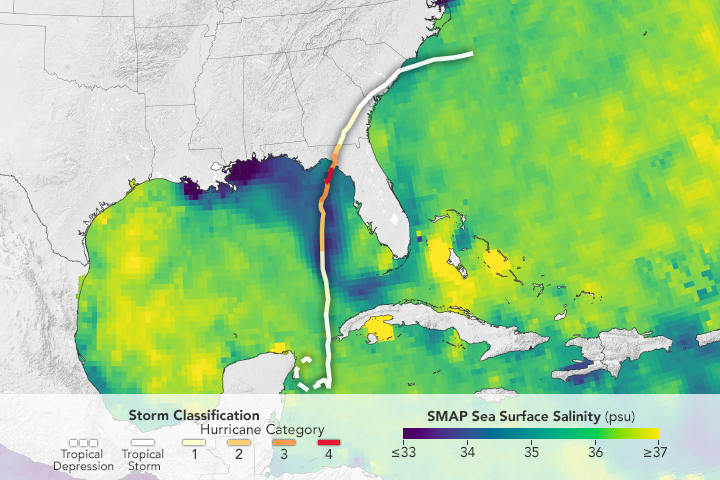
Recent Imagery
You will be directed to the NASA Visible Earth webpage when you select Images by Mission below, or click on the images at right that are randomly generated to represent four out of all possible topics.
The Earth Observer has a new look! Visit the NEW Earth Observer website.
The Earth Observer: Nov - Dec, 2002
In This Issue
Click title below to view page
- Editor's CornerFront Cover
- Meeting/Workshop Summaries
- CERES Science Team Meeting9
- Aura Science and Validation Team Meeting13
- International Workshop on Surface Albedo Product Validation17
- GOFC/GOLD Regional Workshop19
- SAFARI 2000 Synthesis Workshop24
- Alaska SAR Facility User Working Group26
- DAAC Alliance Data Interoperability Workshop27
- Other Items of Interest
- An Overview of ICESat3
- Joanne Simpson Honored16
- Mous Cahine Honored23
- An Overview of SEEDS30
- Thirty Years of Airborne Research at the University of Washington35
- The “Firemapper TM” Airborne Sensor and Flight Plans to Support Validation of MODIS Fire Products over Brazil38
- Kudos42
- Shifts in Rice Farming Practices in China Reduce Methane Emissions43
- Regular Features
- EOS Scientists in the News44
- Earth Science Education Program Update46
- Science Calendars47
- The Earth Observer Information/InquiriesBack cover
Editor's Corner
Michael King, EOS Senior Project Scientist
I’m pleased to share with you news that NASA was nominated for and has won three of Popular Science magazine’s “Best of What’s New” awards for 2002. The Gravity Recovery and Climate Experiment (GRACE), the Aqua mission, and the Mars Odyssey mission were chosen in the Aviation/Space category of the magazine’s annual awards program. The December 2002 issue of Popular Science features 100 winners in 10 categories. The winners are considered the best among thousands of new and innovative products and services reviewed annually by the magazine, and represent significant advancements in their categories.
Of the three NASA missions, two are within the Earth Science Enterprise (ESE). GRACE is nine months into its mission to precisely measure the Earth’s shifting water masses and map their effects on the Earth’s gravity field. A global gravity field map created from just 14 days of GRACE data is proving to be substantially more accurate than the combined results of more than three decades of satellite and surface measurements collected before GRACE (see map on next page). These new gravity maps provide unprecedented insight into...
Read more...

